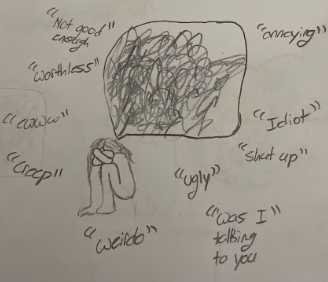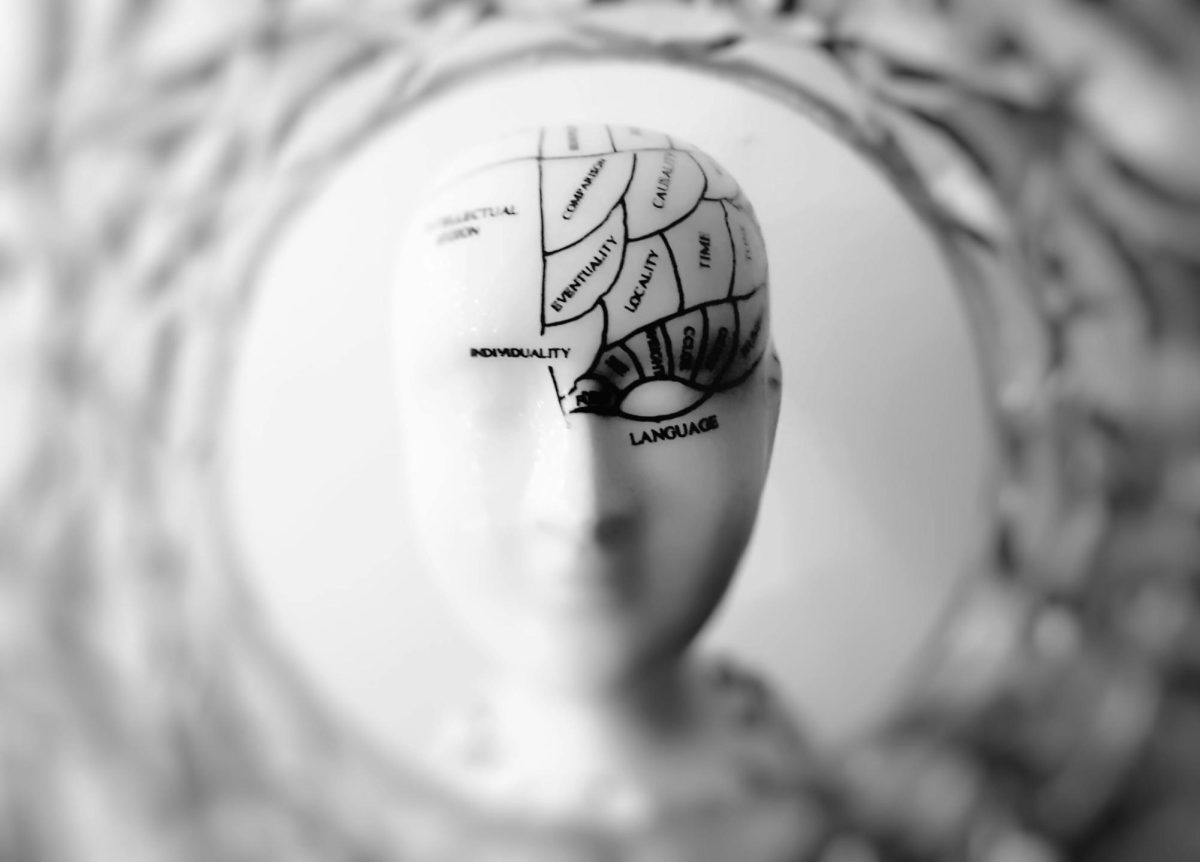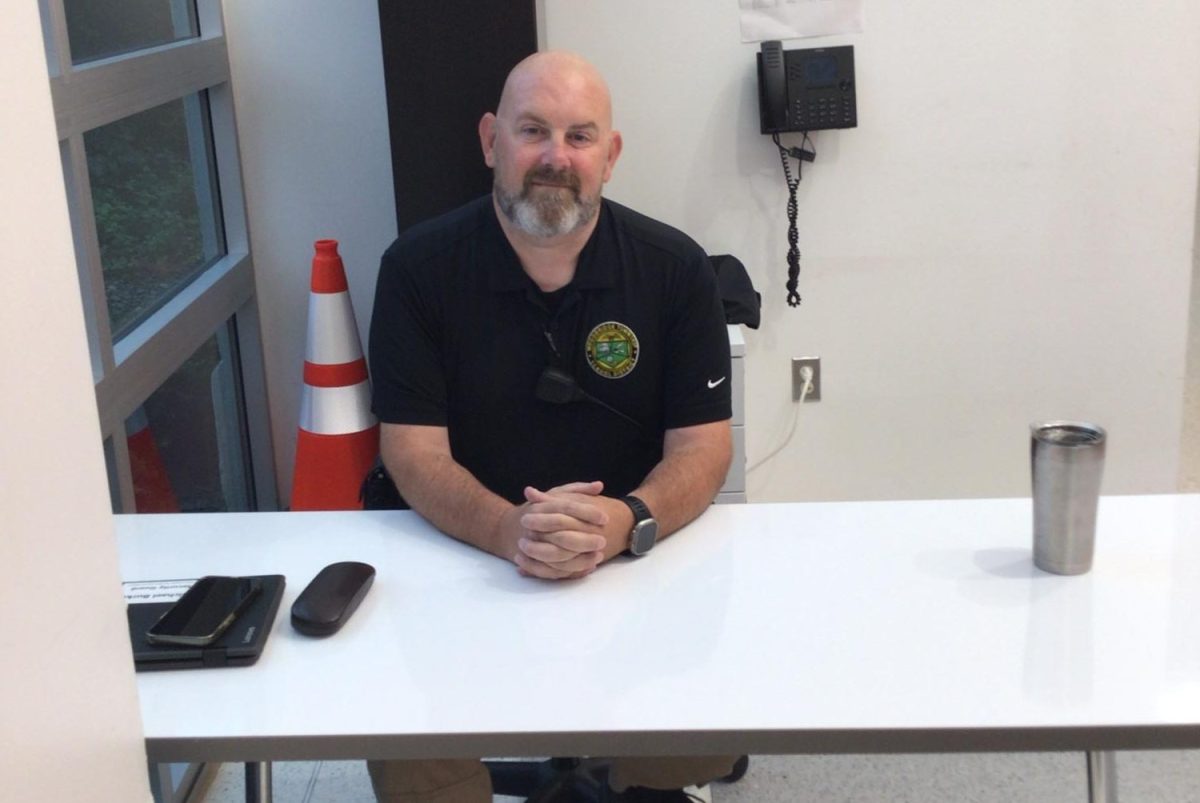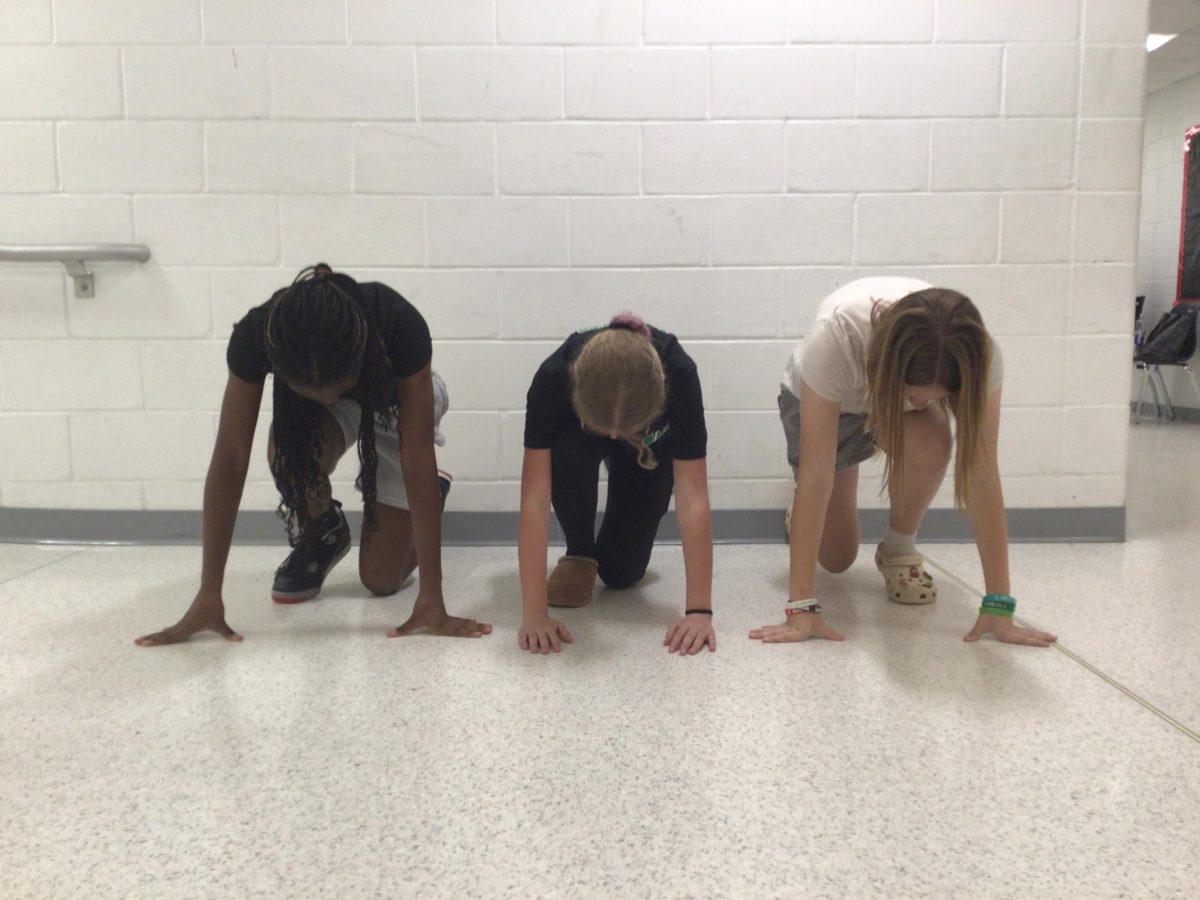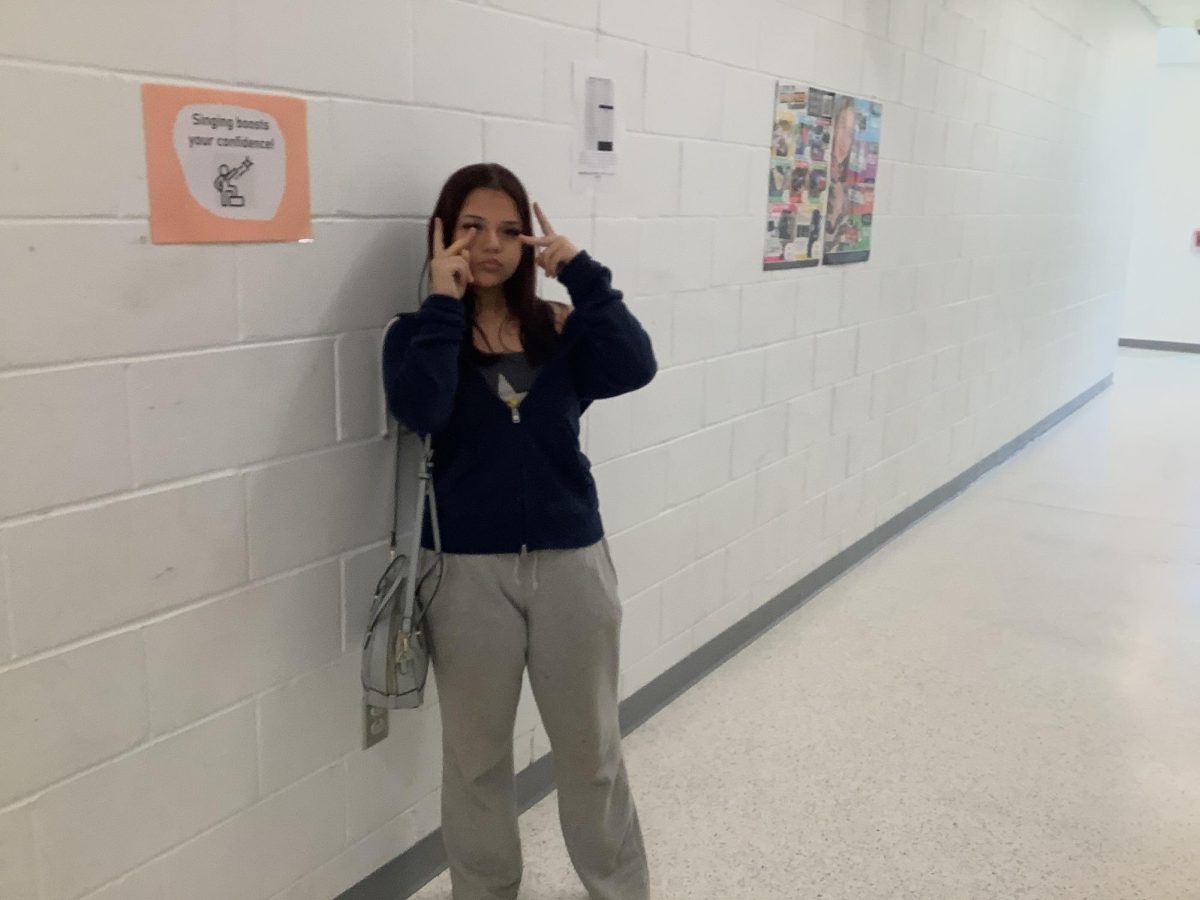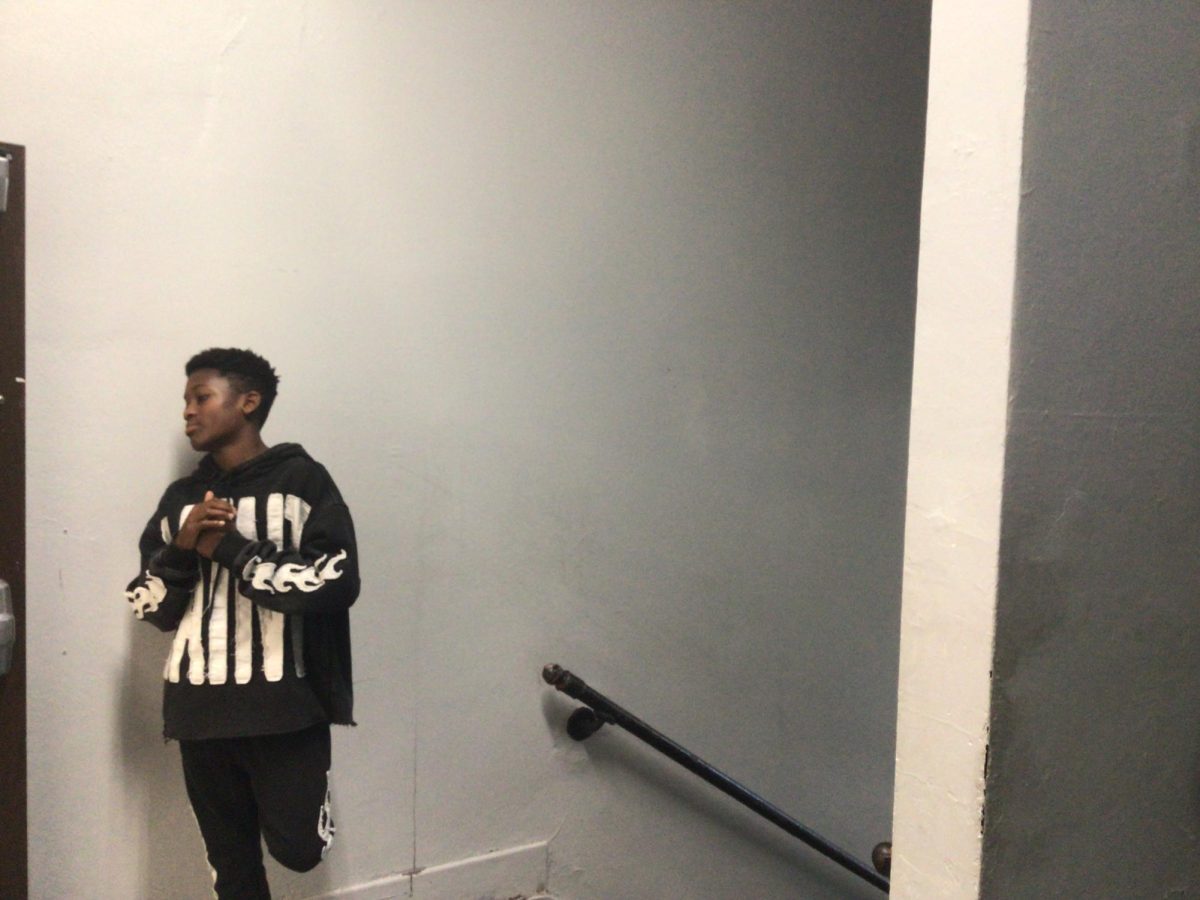I hold lots of things close to my heart. One of those many things is my mental health. And, to let others know what parts of their mental health are, like anxiety, depression, and Bipolar disorders. It’s important because we should know what is happening with ourselves and others around us. People should be more informed on this topic. My goal is for people to know about their mental health and how to cope with it. Mostly because anxiety disorders are often very treatable, but more than 60% of people don’t seek treatment for it. In this article, I will teach coping strategies and show my opinion and experience. Although the word “disorder” may be scary, it isn’t. Disorder means, “An illness that disrupts normal physical or mental functions.”
Now for my experience-
When I started my journey with all my mental issues I originally had a therapist who was helping me deal with my Anxiety and what we thought was depression. But about 6 months after talking to my therapist I was having even more issues and it was decided I should start on medication.
It was very difficult for me to deal with the thought of medicine. I was terrified to do it, but it was my life’s best decision. I got started with a new therapist and a psychologist. It is called Victory Bay Recovery Center. Since then I have been on 4 different medications. Slowly but surely we started to rule out what I might have. Instead of it being depression and anxiety my psychologist thinks it could be anxiety and bipolar 1 disorder.
I am very happy we have found what could be the cause and can get it under control now. I am thrilled to say I am getting better. The people in my life could not be called anything but helpful. They have shown me who I am again and how to control my emotions.
The moral of this story is never to be afraid to share when you are going through something. It isn’t something to be ashamed of. Your mental health is way more important than anything. Find the courage to share your story. Other people may be going through something similar. The feeling of Anxiety is something that I feel we can all relate to as human beings. Anxiety is something I think a lot of teenagers and some adults struggle with.
According to https://www.forbes.com/health/mind/anxiety-statistics, about 40 million adults which is 19.1 percent of the population struggle with anxiety. Nearly 50% of that number are ages 18-24 years old. Also twice as many women struggle with anxiety disorders than men do.
Different Types of Disorders:
Panic Disorder- a mental and behavioral disorder, specifically an anxiety disorder characterized by reoccurring unexpected panic attacks
Social Anxiety Disorder- also known as social phobia, is an anxiety disorder characterized by sentiments of fear and anxiety in social situations, causing considerable distress and impairing the ability to function in at least some aspects of daily life.
Generalized Anxiety Disorder- a mental and behavioral disorder, specifically an anxiety disorder characterized by excessive, uncontrollable, and often irrational worry about events or activities
Specific Phobia- an anxiety disorder, characterized by an extreme, unreasonable, and irrational fear associated with a particular object, situation, or concept which poses little or no actual danger.
Separation Anxiety Disorder-High anxiety levels after separation from a person or place that provides feelings of security or safety characterize
OCD- a mental and behavioral disorder in which an individual has intrusive thoughts and feels the need to perform certain routines repeatedly to relieve the distress caused by the obsession, to the extent that it impairs general function.
Health Anxiety- the constant worry that you are ill, or that you are going to get ill.
PTSD- a mental and behavioral disorder that develops from experiencing a traumatic event, such as sexual assault, warfare, traffic collisions, child abuse, domestic violence, or other threats to a person’s life or well-being.
Selective Mutism- a person who is otherwise capable of speech becomes unable to speak when exposed to specific situations, specific places, or to specific people, one or multiple of which serve as triggers. The freeze response causes this
Agoraphobia-the fear of being in situations where escape may be difficult or embarrassing, or help might not be available in the event of panic symptoms
Now I’m going to talk about the two types of bipolar disorders…
Bipolar 1- manic episodes that last for at least 7 days (nearly every day for most of the day) or manic symptoms that are so severe that the person needs immediate medical care. Usually, depressive episodes occur as well, typically lasting at least 2 weeks.
Bipolar 2- with moods cycling between high and low over time. However, in bipolar II disorder, the “up” moods never reach full-blown mania. The less-intense elevated moods in bipolar II disorder are called hypomanic episodes, or hypomania.
Lastly is types of depression…
Seasonal Depression- a mood disorder subset in which people who typically have normal mental health throughout most of the year exhibit depressive symptoms at the same time each year
Postpartum depression- has been known to be called many different names such as the following: Postpartum blues, baby blues, and maternity blues. This is all type of mood disorder experienced after childbirth, which can affect both sexes
Psychotic depression- occurs when psychotic features such as hallucinations and delusions are accompanied by a major depressive episode, though psychotic
Persistent depressive disorder- (formerly dysthymia) is a continuous long-term, chronic state of low-level depressed mood. The depressed state of persistent
Premenstrual dysphoria disorder- a mood disorder characterized by emotional, cognitive, and physical symptoms. PMDD causes significant distress or impairment in menstruating women during the luteal phase of the menstrual cycle
Dysthymia- This is when you are experiencing continuous mild depression that lasts for over 2 years. Also sometimes called persistent depressive disorder
Perimenopausal depression- It’s probably becoming clear that, for women, dramatic hormonal changes are a big trigger for clinical depression.
Treatment-resistant depression- a term used in psychiatry to describe people with major depressive disorder who do not respond adequately to a course of appropriate antidepressant medication within a certain time
Atypical- This type is different from the persistent sadness of typical depression. It is considered to be a “specifier” that describes a pattern
Disruptive mood dysregulation disorder- a mental disorder in children and adolescents characterized by a persistently irritable or angry mood and frequent temper outbursts that are disproportionate to the situation and significantly more severe than the typical reaction of same-aged peers.
Coping Strategies-
Diaphragmatic breathing – abdominal breathing, belly breathing, or deep breathing, is breathing that is done by contracting the diaphragm, a muscle located horizontally between the thoracic cavity and the abdominal cavity
Journaling- can reduce anxiety and stress. Seeing your anxious thoughts laid out on paper and outside your head, can help
Avoid Caffeine- it may be an important part of our daily routine, but too much can make your heart race and interfere with sleep. This can make anxiety worse.
Sleep – a state of reduced mental and physical activity in which consciousness is altered and certain sensory activity is inhibited. During sleep, there is a marked decrease in muscle activity and interactions with the surrounding environment.
Aromatherapy- a practice based on aromatic materials, including essential oils and other aroma compounds, with claims to improve psychological well-being. It is used as a complementary therapy or as a form of alternative medicine and typically is used via inhalation and not by ingestion
Identify and Learn to Manage Your Triggers. Keeping track of your triggers, or things that bring on or worsen anxiety symptoms will allow you to recognize
Physical health-
Physical health problems significantly increase our risk of developing mental health problems, and vice versa. Nearly one in three people with a long-term physical health condition also has a mental health problem, most often depression or anxiety
Doing things like exercise and just being outside in general can all help with you physical and mental health. Having better exposure to sunlight is better for you.

